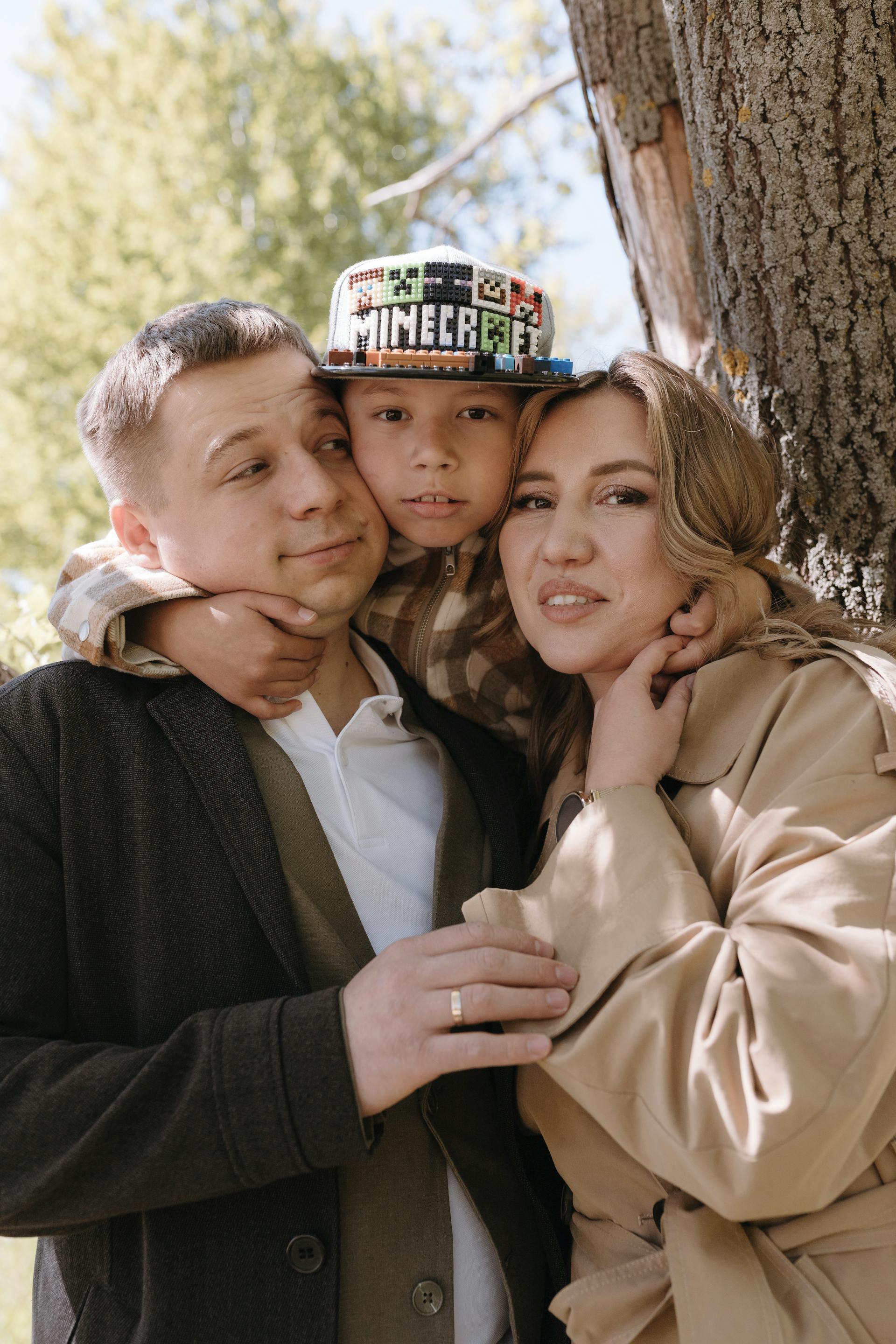Probating a Will is a court procedure that involves verifying the validity of the Will, inventorying the estate’s assets and property, settling the decedent’s financial obligations, and identifying heirs and beneficiaries. Once all financial obligations have been met and no claims are made against the estate, the remaining assets and property can be distributed.
Because probate is a detailed process, it can take time. For instance, under California probate law, the executor or personal representative is required to complete the probate process within one year from the date of their appointment. However, there are exceptions. For example, a personal representative can request an extension if they encounter reasonable delays. If federal estate taxes are involved, they may be granted up to 18 months to complete probate. Learn more about how the probate process works in different states.

